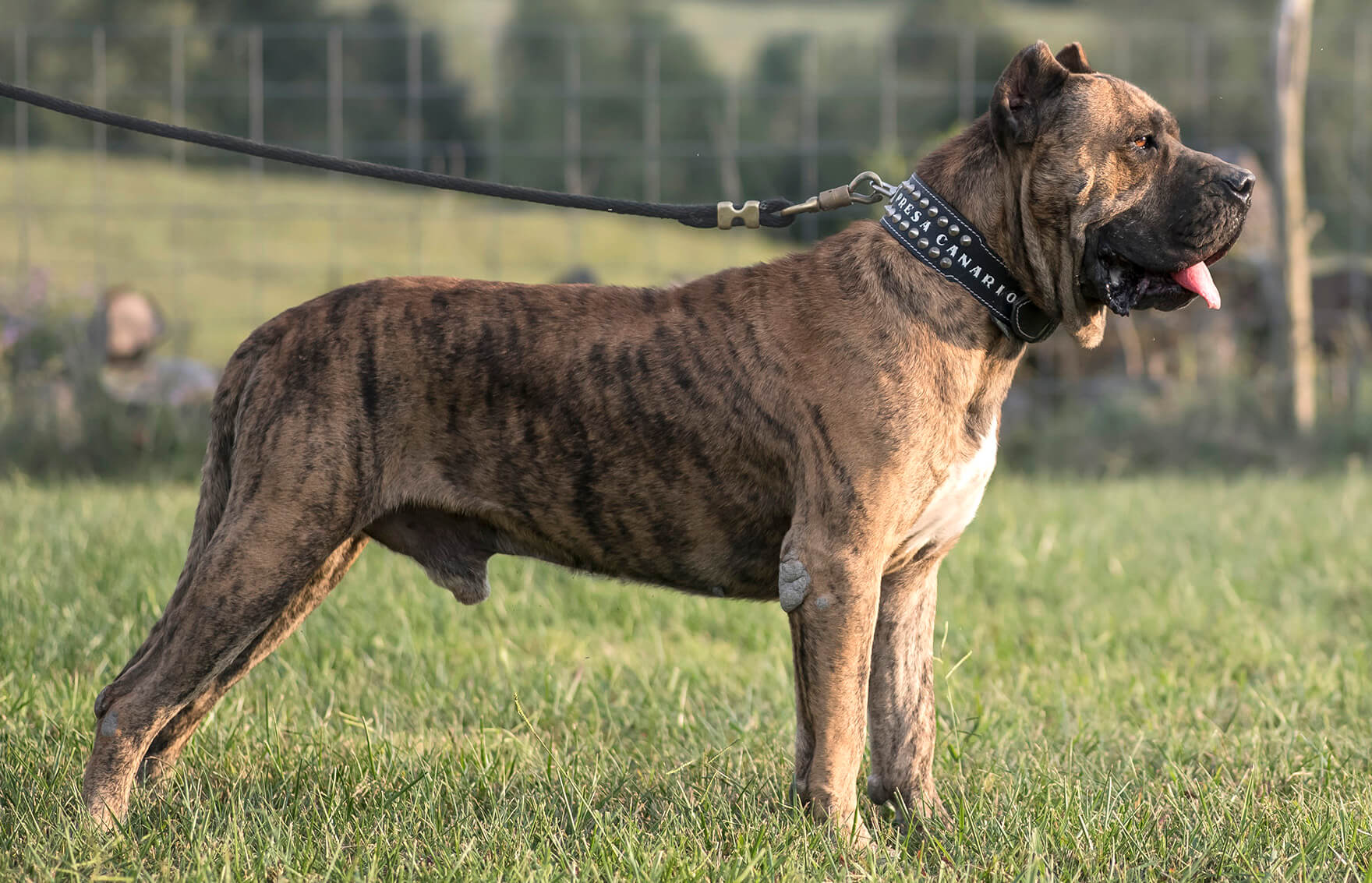As a passionate dog lover and certified pet blogger, I often get asked about pet regulations worldwide—especially in countries with specific breed restrictions like Saudi Arabia. If you’re planning to bring a dog home or move with your furry friend, understanding which breeds are banned and why can save you from unexpected heartbreak and legal trouble.
Why Are Certain Dog Breeds Banned in Saudi Arabia? Understanding the Regulations
Saudi Arabia enforces strict regulations on specific dog breeds, primarily to ensure public safety and maintain social harmony. These rules also reflect cultural preferences and legal frameworks concerning pet ownership. The most commonly banned dog breeds in Saudi Arabia include:
- American Pit Bull Terrier
- Rottweiler
- Doberman Pinscher
- Presa Canario
- Chow Chow
These breeds often face restrictions due to their perceived strength, territorial nature, or history of incidents. However, it’s crucial to remember that a dog's behavior depends significantly on training, socialization, and environment, not solely on its breed.
My Personal Experience: Navigating Breed Restrictions
When I first moved to Saudi Arabia, I didn’t fully grasp how strictly these rules applied. I witnessed a neighbor's well-trained Rottweiler, a gentle and friendly dog, unfortunately, have to be rehomed. This experience profoundly highlighted the critical importance of understanding and abiding by local laws to avoid distress for both owners and pets.
Choosing a Legal and Loving Dog in Saudi Arabia: Recommended Breeds
If you're looking for a pet that aligns with Saudi Arabian laws and local lifestyle, here are some excellent, permitted dog breeds known for their temperament and adaptability:
- Golden Retriever – Known for their friendly and adaptable nature, making them great family pets.
- Labrador Retriever – Highly regarded as gentle, intelligent, and excellent with families and children.
- Beagle – A smaller, energetic, and affectionate breed, suitable for various living situations.
- Cocker Spaniel – A gentle and sociable companion, perfect for those seeking a loyal pet.
Before adopting or purchasing a dog in Saudi Arabia, consider these essential do’s and don’ts for a smooth and responsible pet ownership experience:
- Do thoroughly research local regulations and current breed restrictions to ensure compliance.
- Do invest significant time and effort in socializing and training your dog for good behavior.
- Don’t attempt to bring in banned breeds illegally; this can lead to severe fines and the painful confiscation of your pet.
- Don’t neglect to provide your dog with ample daily exercise and mental stimulation, especially in a new environment.
Essential Care Tips for Dogs in Saudi Arabia's Climate
Saudi Arabia’s hot and dry climate requires specific attention to your dog's hydration and nutrition. Here are tailored feeding and care tips to keep your canine companion healthy and happy:
- Provide constant access to fresh, clean water, replenishing it frequently throughout the day.
- Feed a balanced, high-quality diet rich in proteins and healthy fats to support energy levels and maintain a healthy coat.
- Offer cooling treats like frozen fruits (e.g., watermelon, blueberries) to help them stay hydrated and cool.
- Avoid strenuous exercise during peak heat hours (typically midday) to prevent overheating and heatstroke.
For more ideas on keeping your pup healthy, check out our guide on healthy treats for dogs that can help keep your companion happy and hydrated.
Summary: Responsible Pet Ownership and Thriving with Your Dog in Saudi Arabia
Understanding Saudi Arabia's banned dog breeds and local pet regulations is paramount for responsible pet ownership. By choosing permitted breeds, diligently following local rules, and providing loving, attentive care, you ensure your dog not only thrives but also becomes a cherished part of your family and community. Always remember, a dog’s true personality and well-being are shaped significantly by the care, training, and love they receive, far beyond their breed.
Frequently Asked Questions (FAQs)
1. What dog breeds are banned in Saudi Arabia?
2. Why does Saudi Arabia have breed-specific bans?
3. Can I import a banned dog breed if I have special permits or proof of training?
4. What are some suitable alternative dog breeds for Saudi Arabia?
5. How should I adjust my dog's care for Saudi Arabia's hot climate?
6. Where can I find more resources on dog training and nutrition?

About SniffnTail
SniffnTail is your go-to destination for everything pets. From helpful advice, tips, and insights to thoughtfully selected products and resources, we’re here to support pet owners at every stage of their journey. Whether you're caring for a playful pup, a wise old cat, or anything in between, SniffnTail offers tools and knowledge to make pet parenting easier and more joyful.
Related Articles
 Dog Breeds • 8 min read
Dog Breeds • 8 min readBolognese Dog Breed Guide: Personality, Grooming, Health & More
Get expert insight on the Bolognese dog breed—learn about their appearance, grooming, temperament, health needs, and how they differ from the Bichon Frise.
 Dog Breeds • 17 min
Dog Breeds • 17 minBavarian Mountain Hound Guide: Health, Training, Behavior & Veterinary Insights
A veterinarian-approved, in-depth guide to the Bavarian Mountain Hound. Learn about health, behavior, care, and training for this rare scent hound breed.
 Dog Breeds • 12-15 minutes
Dog Breeds • 12-15 minutesWest Highland White Terrier (Westie): Your Complete Care & Breed Guide
Unlock expert Westie dog facts, essential grooming secrets, effective training tips, health insights, and comprehensive puppy care. This ultimate West Highland White Terrier guide ensures every pet parent raises a happy, healthy companion. Get your Westie answers here!

